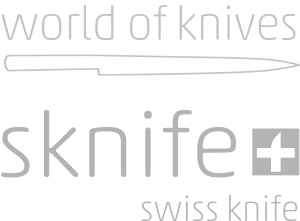
Cut & sharpen like a pro / knife care and storage tips
Our videos show the use of the different knife shapes including cutting technique and give instructions for sharpening with the electric knife sharpener, Japanese whetstones and leather strap.
Click here for our YouTube channel
Professional knife sharpening
These videos show the sharpening techniques with the electric knife sharpener, Japanese grindstones to the leather strop and the sknife precision knife sharpener. To sharpen your 2 - 3 favorite knives to razor blade sharpness, we offer the monthly Knife Academy Knife Sharpening Workshop.
Cutting technique, care, storage
Thanks to its well-balanced handling and extreme sharpness, the Santoku is considered the most popular knife by professional chefs and is the ideal entry-level knife in the professional league. The longer you pull or push the blade through the material to be cut, the less pressure you need. For a secure hold, cut everything that is round in half first. Press thumb and small finger together, the three middle fingers are slightly bent, on whose surface the knife can glide.
As cutting boards medium-hard plastic or wooden boards (especially from head wood) are suitable. To collect the cut material on the cutting board or to put it in the pan, turn the knife on its back and move the blunt side over the board. After use, rinse the knife under running water (no dishwasher). Further information on care and sharpening can be found on brand environments under the respective brand. These are tips for storing options.






Which knife for which task?
Professional cooks normally get by with three or four knives: One chef's knife or one Santoku, the more handy version, does up to 70% of the work. The basic knife can be apended by a long, slim carving or fillet knife, a utility knife, a bread or a cheese knife. You'll find the different shapes of knives and a detailed description on our website by choosing the filter knife shapes (e.g. Santoku).










